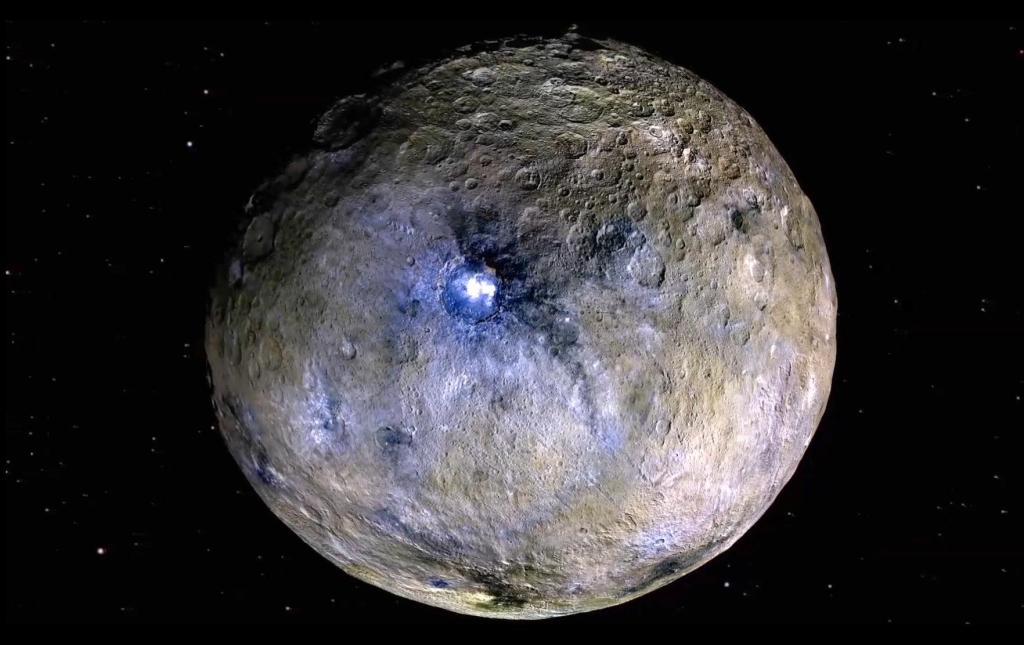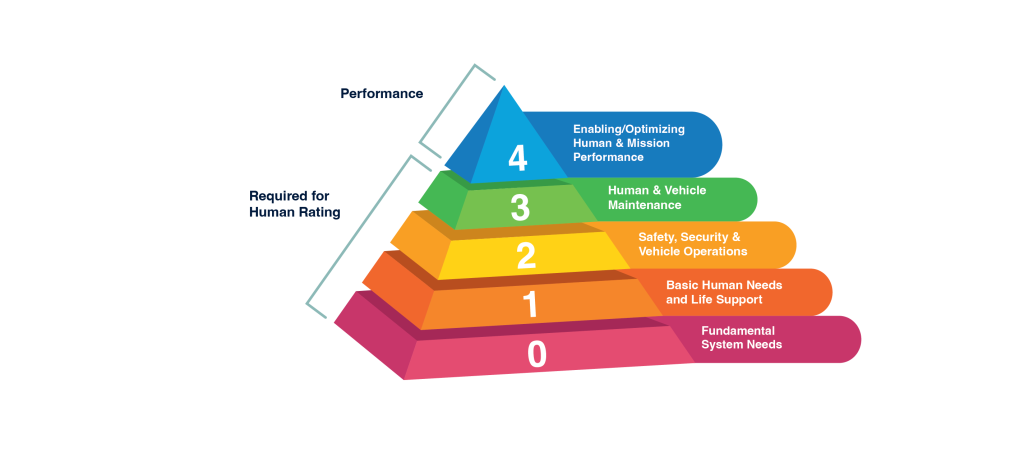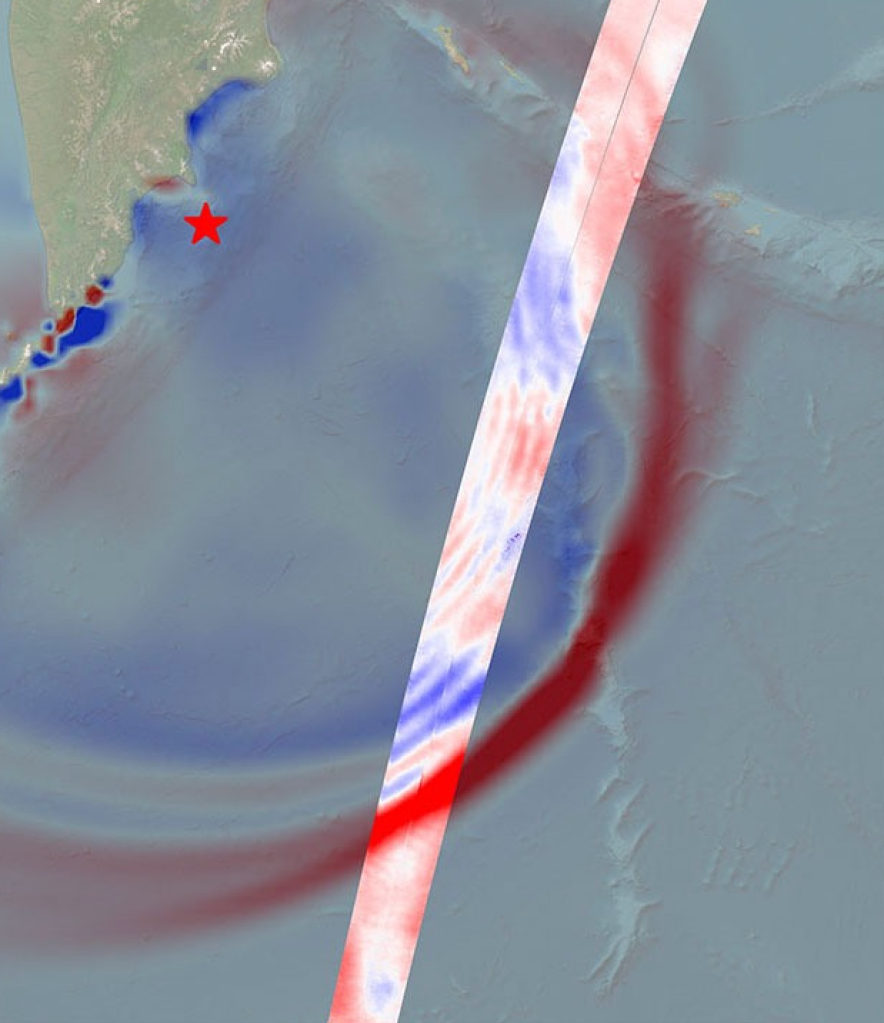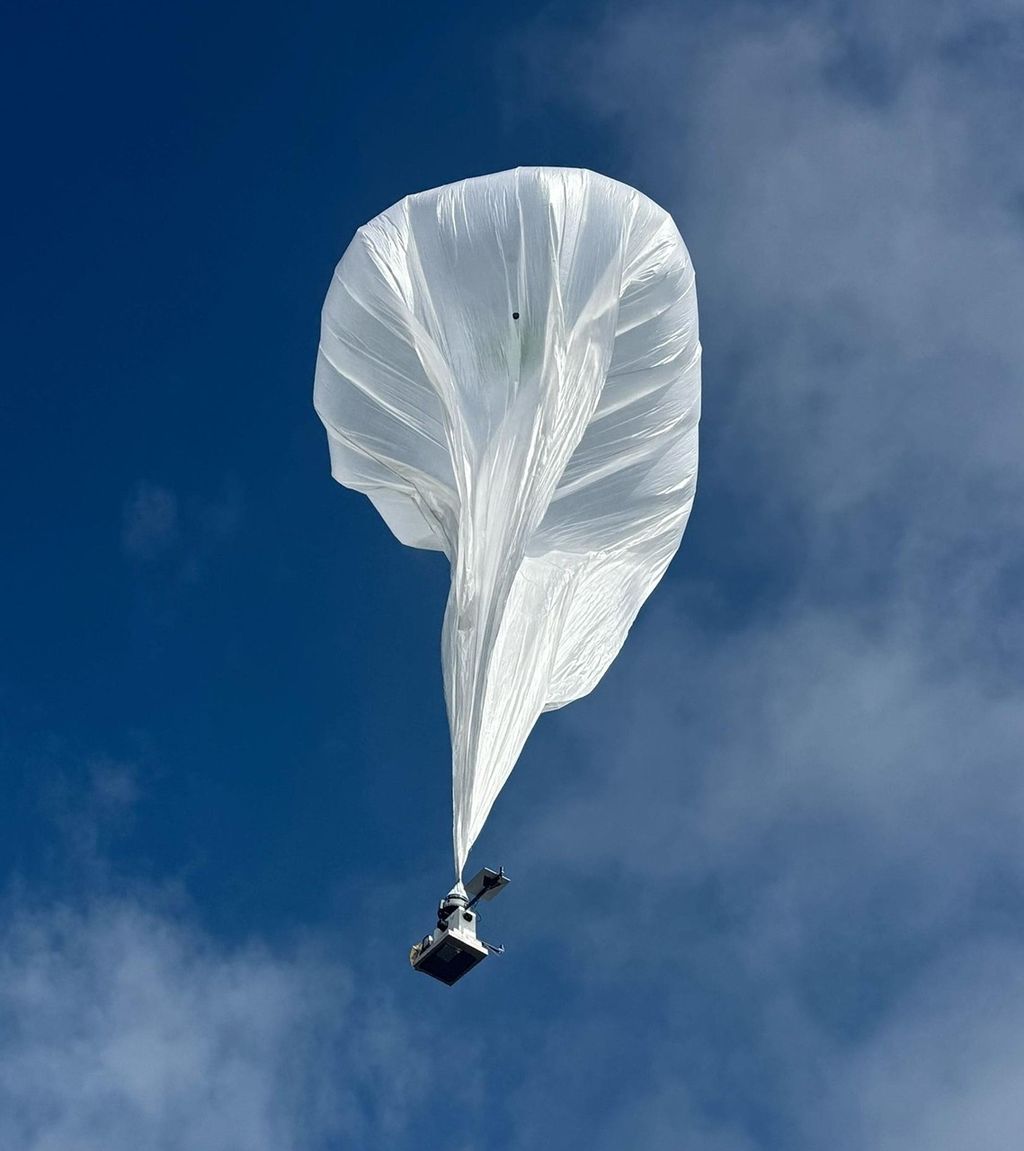The Aero Club of Southern California has awarded the Howard Hughes Memorial Award to NASA’s James Webb Space Telescope. The award will be accepted at a ceremony Wednesday, Sept. 6, at the California Club in Los Angeles.
The Howard Hughes Memorial Award honors exceptional leaders who have advanced the fields of aviation or aerospace technology. Hughes’ first cousin, William R. Lummis, established the award in 1978, and the Aero Club of Southern California presents the award annually.
Accepting the award will be Mike Menzel, the NASA mission systems engineer for Webb at NASA’s Goddard Space Flight Center in Greenbelt, Maryland.
“On behalf of the entire Webb team I would like to thank Aero Club for this great honor,” Menzel said. “Our team was privileged to have had the opportunity to develop and execute such an important scientific mission – one that clearly demonstrates what can be achieved when a dedicated team of international partners commits to such an endeavor. We are all excited and inspired by Webb’s first year of images and scientific data, and we look forward to many more years of future exploration and discoveries.”
The award recognizes the contributions of the team that designed, developed, and now operate Webb, including individuals from Goddard; Northrop Grumman, Redondo Beach, California; the Space Telescope Science Institute, Baltimore, Maryland; and Ball Aerospace, Boulder, Colorado. The mission was also made possible by many international contributions from partnerships with ESA (European Space Agency) and the CSA (Canadian Space Agency).
Launched in late 2021 after more than a decade of preparation, Webb successfully performed a complex series of deployments shortly after leaving Earth’s orbit. About a month later, the telescope reached its working orbit at the Sun-Earth L2 Lagrange point, a stable orbit in space well beyond that of the Moon. Once there and fully commissioned, the 21-foot (6.5-meter) telescope began its record-breaking work. The first images were unveiled on July 12, 2022.
Webb operates at infrared frequencies. The combination of sensitive instrumentation with its massive primary mirror allows the telescope to see farther and more clearly than any previous observatory of its kind. Discoveries from existing and newly identified targets began to accumulate almost immediately.
The ever-growing list of Webb discoveries includes direct imaging of exoplanets and the identification of key gases in their atmospheres; tracking clouds on Saturn’s moon Titan; identifying new details in a cluster of galaxies; imaging the incredibly faint rings around Uranus; capturing the galactic merger of Arp 220; discovering sand-bearing clouds on a remote exoplanet; measuring the temperature of a rocky exoplanet; and observing galaxies seen in their earliest years, when the universe was just 350 million years old – about two percent of its current age.
The Aero Club of Southern California is a 501(c)(3) charitable aviation industry non-profit led by volunteer officers and Board members. Open to everyone with an interest in aviation and aerospace, Aero Club members get insights into the future of air and space exploration and access to the legends who explored the unknown.
The James Webb Space Telescope is the world’s largest, most powerful, and most complex space science telescope ever built. Webb is solving mysteries in our solar system, looking beyond to distant worlds around other stars, and probing the mysterious structures and origins of our universe and our place in it. Webb is an international program led by NASA with its partners, ESA and the Canadian Space Agency.
By Rob Gutro
NASA’s Goddard Space Flight Center, Greenbelt, Md.




















-Carolyn_Y._Ng.jpeg?w=1024)






